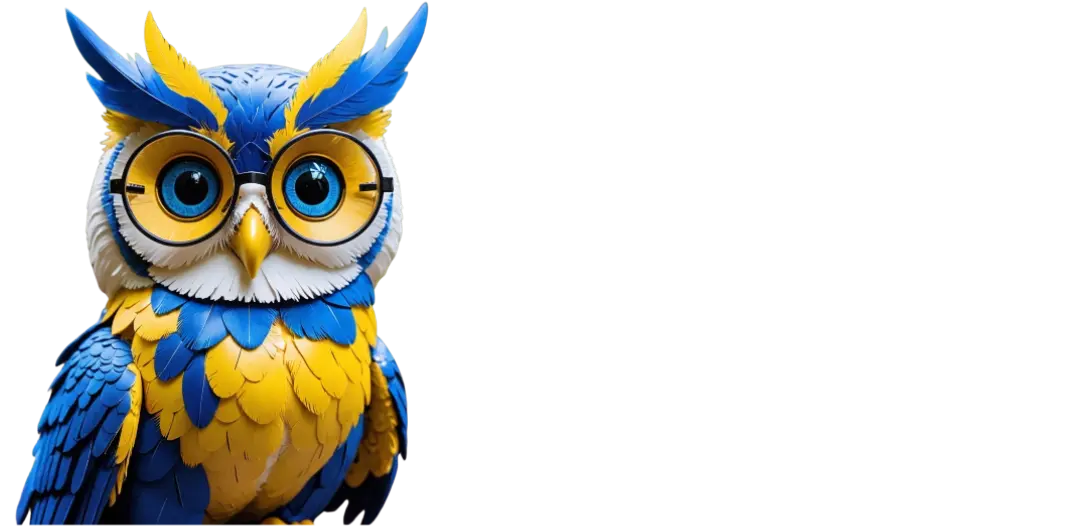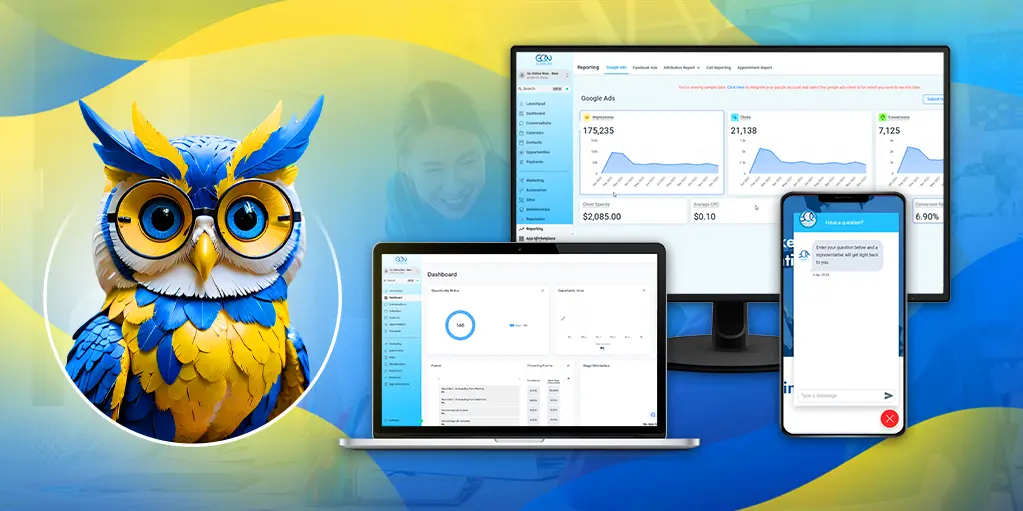In today’s digital age, social media is an essential component of any successful marketing strategy. With so many platforms to choose from, businesses frequently wonder which one will produce the best results. Among them, Twitter stands out as a one-of-a-kind social media marketing platform.
This blog post will assist business owners in determining whether Twitter marketing is a good fit for their company, taking into account their target audience, viral content suitability, and ability to engage consistently.
Let’s look at the pros and cons of incorporating Twitter into your social media strategy so you can make an informed decision.
- Understanding Twitter’s Significance in Social Media Marketing
- Assessing the Suitability of Your Content for Twitter
- Analyzing Your Capacity for Consistent Engagement
- Integrating Twitter with Your Social Media Strategy
- Twitter Social Media Advertising and Twitter Promotions
- Measuring the Success of Your Twitter Marketing Campaign
Understanding Twitter’s Significance
Twitter, which was founded in 2006, has grown into a powerful microblogging platform. Twitter has a global reach, with over 330 million monthly active users (as of September 2021), making it an excellent channel for businesses to connect with their audience on a more personal level. Twitter’s real-time nature is one of its distinguishing features, allowing users to participate in conversations and stay up to date on current events, trends, and breaking news.
Twitter offers unique opportunities for social media marketing due to its active user base, diverse audience, and ability to drive social media engagement. Hashtags play an important role on Twitter, allowing users to discover viral content and participate in relevant discussions. Using trending hashtags can propel your brand to the forefront, attracting more attention and followers.
Identifying Your Target Audience’s Twitter Presence
Understanding your target audience and where they are most active is critical to the success of any marketing strategy. Conduct extensive market research to determine whether your target audience uses Twitter. Analyze demographics, interests, and online behavior to accurately predict their social media habits.
Twitter attracts a younger demographic, with a sizable proportion of users aged 18 to 34. Furthermore, professionals and thought leaders from a variety of industries are active on Twitter. If your company caters to these demographics or wants to establish a strong presence among millennials and professionals, Twitter could be a great place to engage with them.
However, if your target audience is primarily older people who are less tech-savvy, or if your products or services do not lend themselves to quick, concise messaging, other social media platforms such as Facebook or LinkedIn may be more appropriate.
Assessing the Suitability of Your Content for Twitter
Twitter’s character limit, which was initially set at 140 characters and was later increased to 280, necessitates concise and impactful messaging. Because of this constraint, businesses must be creative in their communication, conveying their brand message in succinct yet engaging tweets. The platform thrives on real-time updates, quick interactions, and the ability to initiate discussions.
Platforms like Instagram and Facebook may better suit your brand if you have content based on visual storytelling or long narratives. Instagram, for example, is primarily focused on images and short videos, making it ideal for displaying products or behind-the-scenes content. Facebook, on the other hand, allows for longer posts and has more features, such as groups and events.
Twitter, on the other hand, can be a valuable marketing channel if your company can effectively deliver its message in short bursts or if you want to stay connected with your audience in real-time. To maximize social media engagement, you must adapt your content to Twitter’s format and use images, videos, or links to supplement your tweets.

Analyzing Your Capacity for Consistent Engagement
Twitter is a fast-paced platform where tweets appear and vanish in seconds. Businesses must maintain consistent social media engagement with their audience in order to remain relevant. Regular interactions, timely responses to comments and messages, and conversation participation are critical for cultivating a loyal and active follower base.
Consider your team’s resources and time availability when it comes to effectively managing your Twitter presence. It’s critical to consider whether you have the time and energy to keep your Twitter account active and engaging. Building and maintaining a meaningful connection with your audience requires consistency.
Your Twitter marketing efforts may be futile if you are unable to post on a regular basis, respond to comments, and participate in discussions. In such cases, it is preferable to concentrate your efforts on other social media platforms where you can maintain a more manageable presence.
Integrating Twitter with Your Social Media
If Twitter matches your target audience, content style, and engagement capabilities, it’s time to incorporate it into your overall social media strategy. Consider the following key points:
a. Make a Content Calendar: Plan your Twitter content ahead of time to ensure a consistent posting schedule. A well-planned content calendar will assist you in maintaining social media engagement, retaining your audience’s interest, and aligning your Twitter efforts with your overall marketing goals.
b. Utilizing Visuals: Despite the fact that Twitter is primarily a text-based platform, in addition, incorporating captivating visuals into your tweets can substantially enhance social media engagement. Furthermore, images, infographics, and short videos can help your tweets stand out in a crowded timeline and encourage users to interact with your content.
c. Using Hashtags: Hashtags are Twitter’s lifeblood, and they can significantly increase the visibility and reach of your content. Look for popular hashtags related to your industry, campaigns, or events and strategically include them in your tweets. Overuse of hashtags can make your content appear spammy and alienate your audience.
d. Collaborating with Influencers: Collaborating with influencers who have a large Twitter following can help you expand your reach and build credibility for your brand. Influencers can create sponsored content, host Twitter chats, or take part in campaigns to help your brand reach a wider audience.
e. Social media analytics monitoring: Tracking your Twitter performance is critical for determining the success of your marketing efforts. Analyze metrics such as retweets, likes, replies, link clicks, and follower growth using social media analytics tools. These insights will assist you in determining what works and what does not, allowing you to make data-driven changes to your strategy.

Twitter Social Media Advertising
In addition to organic engagement, Twitter offers a wide array of social media advertising options to effectively supplement your marketing efforts
a. Promoted Tweets: You can pay to have specific Twitter promotion tweets promoted to a larger audience, increasing their visibility beyond your followers. Promoted tweets can appear in users’ timelines and search results, increasing the visibility of your content.
b. Twitter Cards: These are expanded tweets that include media elements such as images, videos, or links to encourage user interaction. Twitter cards enable you to display rich media directly in the tweet, increasing the likelihood of users engaging with your content.
c. Trends: Promote a trending hashtag to reach a wider audience and increase brand awareness. Trending hashtags appear in users’ timelines and the “Trending” section, giving you a lot of exposure.
d. Twitter Audience Platform: Broaden your reach beyond the Twitter platform by extending your ads to a network of partner apps and websites. This feature enables you to interact with users across multiple digital touchpoints, thereby increasing brand exposure.
Twitter Marketing Campaign
Tracking key performance indicators (KPIs) is critical for determining the effectiveness of your Twitter marketing efforts. These metrics will help you understand how well your strategy is performing and whether your marketing objectives are being met. Some key performance indicators for Twitter marketing include:
a. Follower Growth
Monitor the number of new followers added to your account over time. A consistent increase in followers indicates that your content is reaching your target audience and attracting new users to your brand.
b. Engagement Rate
Calculate the proportion of users who interact with your tweets via likes, retweets, replies, and mentions. A higher rate of engagement indicates that your content is compelling and valuable to your target audience.
c. Website Clicks
To track your website traffic goal, analyze link clicks in tweets. Adjust strategy based on high-traffic content.
d. Conversions
Conversions may be one of the most important KPIs to track, depending on your marketing goals. Additionally, tracking conversions will help you assess the direct impact of your Twitter marketing efforts on your bottom line. Whether it’s sign-ups, downloads, purchases, or any other action you want your audience to take, incorporating transition words can enhance the overall readability and clarity of your content.
e. Lead Generation
If you want to generate leads for your company, keep track of the number of leads you get from Twitter campaigns. This could be accomplished through the use of sign-up forms, lead magnets, or other lead generation strategies.
f. Brand Mentions and Sentiment
Monitor how frequently your brand is mentioned on Twitter, as well as the sentiment associated with those mentions. Positive brand mentions and engagement can be a good indicator of customer satisfaction and brand loyalty.
g. Click-Through Rate (CTR)
Calculate the CTR of your promoted tweets to see how effective they are. A higher CTR indicates that your ad copy and call-to-action are well received by your intended audience.
To gain insights, review Twitter analytics regularly. Compare to goals. Use data to refine content, targeting, and engagement
Conclusion
Twitter marketing, when done strategically, can be a powerful addition to your social media strategy. You can make an informed decision about incorporating Twitter into your marketing efforts by understanding your target audience’s presence on the platform, assessing the suitability of your content, and ensuring your capacity for consistent engagement.
Twitter provides unique opportunities to engage with your audience, build brand awareness, and drive website traffic due to its real-time nature and extensive use of hashtags. However, keep in mind that Twitter’s character limit necessitates concise messaging and quick interactions. Businesses that can effectively convey their message in short bursts and keep up with Twitter’s fast-paced nature are more likely to succeed.
Integrate Twitter into your social media strategy by developing a viral content calendar, utilizing visuals, strategically utilizing hashtags, engaging with influencers, and monitoring analytics. These steps will assist you in increasing your brand’s visibility and engagement on Twitter, thereby improving your overall marketing efforts.
While Twitter social media advertising and Twitter promotion can help you reach a wider audience, organic engagement and meaningful interactions with your target audience remain at the heart of a successful Twitter marketing campaign. Strive to establish genuine connections with your followers, respond to their comments and messages promptly, and participate in industry-related conversations.
Finally, remember to track the effectiveness of your Twitter marketing campaigns using key performance indicators. Metrics like follower growth, engagement rate, website clicks, conversions, and lead generation will give you valuable insight into the effectiveness of your efforts.
The decision to tweet or not to tweet is heavily influenced by your company’s target audience, content style, and capacity for consistent engagement. You can determine whether Twitter marketing is the right fit for your business and effectively reach and engage with your target audience by carefully considering these factors and aligning your strategy with your overall marketing goals.
Take Action Now, and Supercharge Your Online Marketing! 🚀
Ready to take your organization’s marketing to the next level? 🚀 Contact us now to unlock the full potential of online marketing! 🌟 Let’s grow your business, attract more clients, and save money on effective marketing strategies. 💼 Fill out the form here ➡️ https://bit.ly/3p0bBS5 or book a convenient Zoom meeting ➡️ https://bit.ly/3TR3Wn6. 📆 Don’t miss this opportunity to get all your burning questions answered! 🔥 Let’s supercharge your marketing efforts together! 💪






2 Responses
Your tips on email marketing A/B testing have been practical.
Explore a curated selection of high-quality backlink sources that adhere to current SEO best practices.